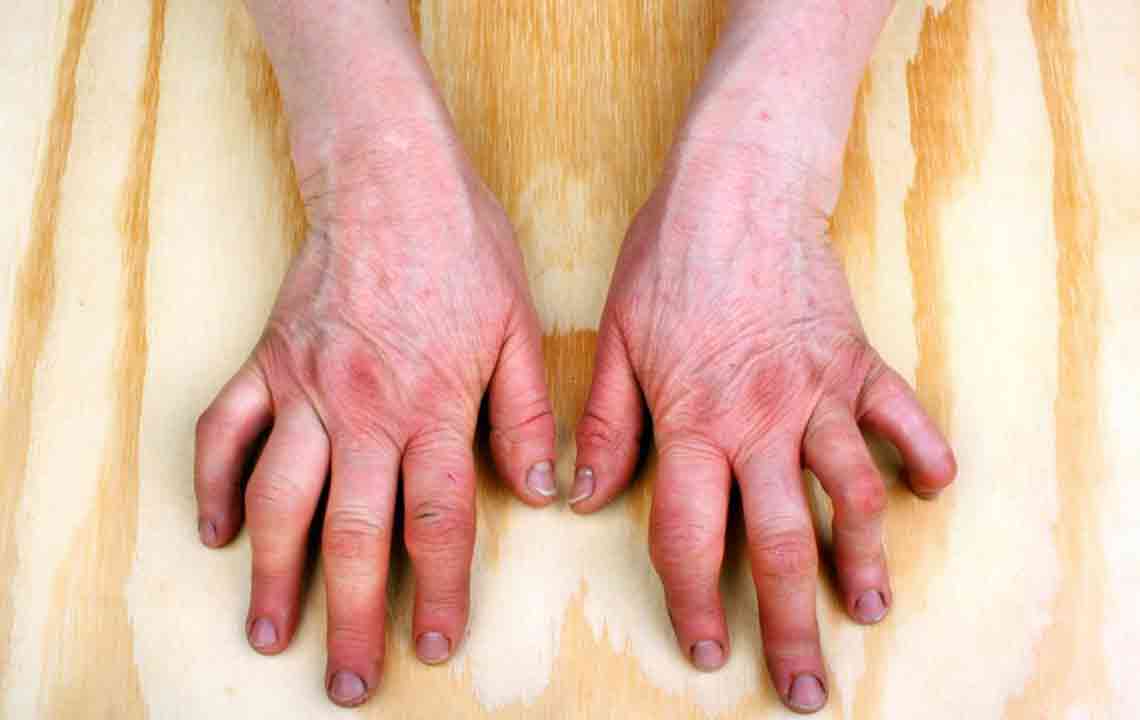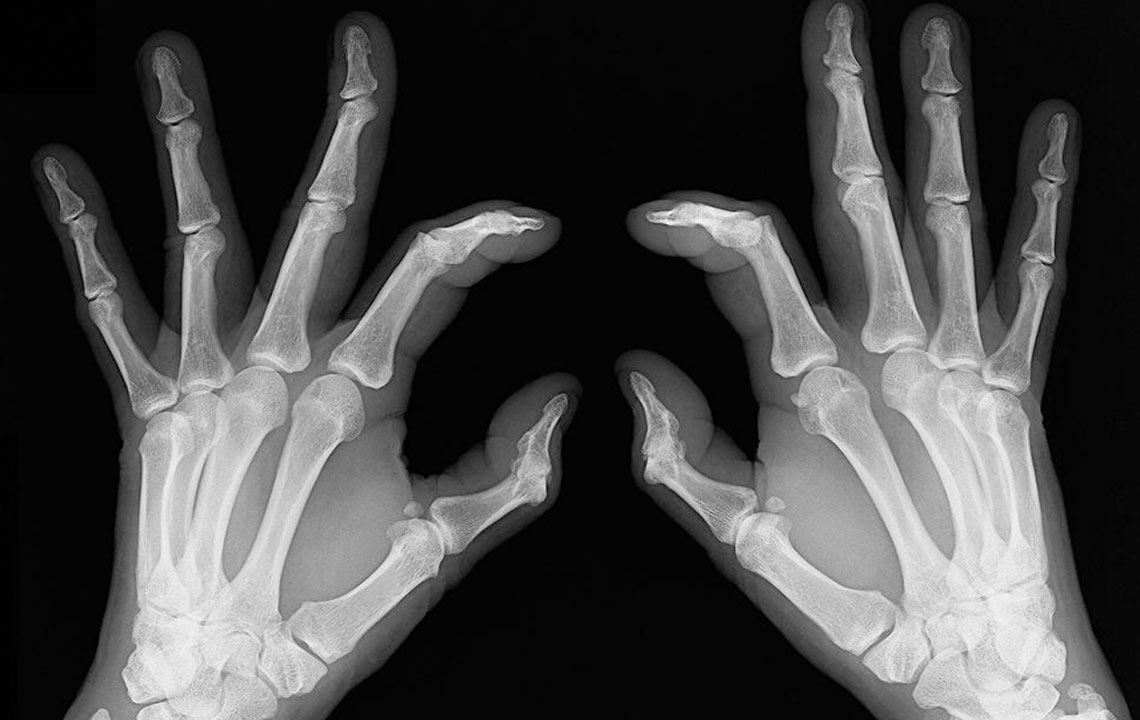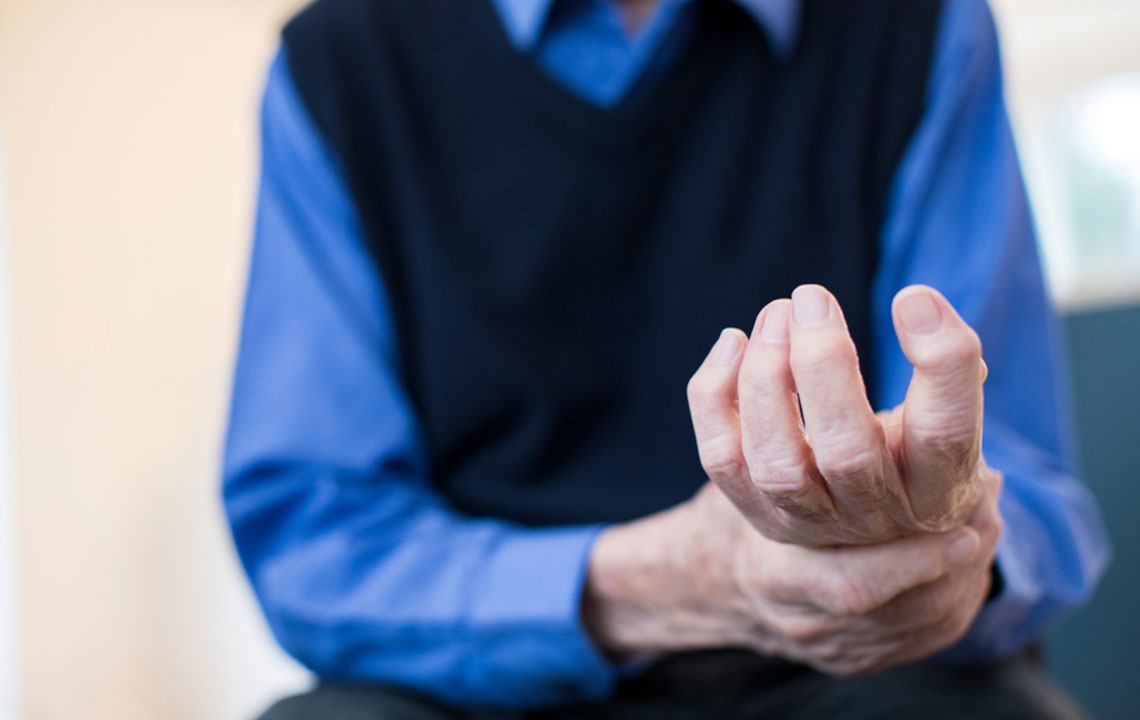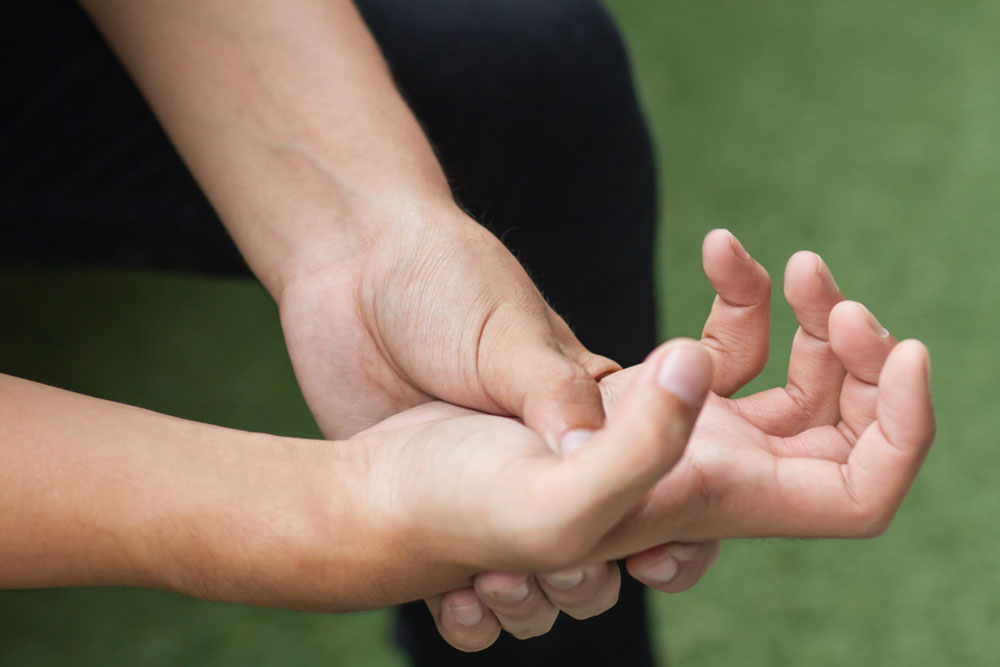Comprehensive Guide to Identifying Rheumatoid Arthritis: Symptoms and Early Signs
This comprehensive article explores rheumatoid arthritis, highlighting key early signs and symptoms. Recognizing symptoms like persistent fatigue, morning stiffness, joint swelling, and redness can aid in early diagnosis. Early intervention helps prevent joint damage and deformities. The article emphasizes the importance of prompt medical attention and discusses management strategies for living with RA, including medication and lifestyle adjustments. This detailed guide serves as a vital resource for individuals experiencing joint symptoms and seeking to understand autoimmune-related joint diseases better.

Comprehensive Guide to Identifying Rheumatoid Arthritis: Symptoms and Early Signs
Rheumatoid arthritis (RA) is a complex and persistent autoimmune disease that predominantly targets the joints, causing inflammation, pain, and potential deformity. Beyond joint issues, RA can influence multiple organ systems, resulting in a broad spectrum of health complications. As an autoimmune disorder, RA triggers an abnormal immune response that mistakenly attacks the body's own tissues, leading to chronic inflammation. Recognizing the early indicators of RA is crucial because early diagnosis and intervention can significantly improve life quality, prevent irreversible joint damage, and manage symptoms more effectively.
Recognizing the symptoms of rheumatoid arthritis can be challenging because they often develop gradually and vary greatly among individuals. Sometimes, symptoms may fluctuate, improving during some periods and worsening in others. This variability can delay diagnosis, so mapping out the early signs is vital for timely treatment. Misjudging or ignoring initial symptoms might lead to irreversible joint damage or deformity, which can complicate treatment and reduce mobility. Being aware of these indicators allows individuals to seek medical attention promptly, ultimately leading to better management and improved prognosis.
RA symptoms are diverse and can differ based on disease severity, age, overall health, and the joints affected. Below are the most common early signs and symptoms that should prompt individuals to consult healthcare professionals:
Persistent Fatigue
One of the earliest and most common symptoms of RA is an unusual and persistent sense of tiredness or exhaustion. This fatigue is often severe and doesn't improve with rest. It may accompany feelings of malaise, depression, and a general sense of unwellness. The fatigue results from systemic inflammation, anemia caused by chronic disease, and disturbed sleep patterns. Over time, the persistent exhaustion can negatively impact daily functioning, mental health, and overall quality of life.
Morning Stiffness
One hallmark feature of RA is morning stiffness lasting for hours. This stiffness is especially prominent upon waking and can persist for 1-2 hours or more. It results from inflammatory processes within the synovial lining of joints. Prolonged morning stiffness is an important diagnostic clue, differentiating RA from other forms of joint pain, such as osteoarthritis. This stiffness often improves gradually as the day progresses, but in severe cases, it may persist throughout the day, restricting movement and impairing routine activities.
Joint Stiffness and Discomfort
Stiffness in small joints like those in the fingers and toes is often an early sign. It can also occur in larger joints such as knees, elbows, and shoulders. This stiffness may occur randomly, independent of activity, and often worsens over days. It can be accompanied by discomfort, aching, or burning sensations that are persistent and worsening without treatment.
Persistent Joint Pain and Swelling
Joint pain and swelling are classic indicators of RA. Typically, affected joints appear swollen, tender, and warm to the touch. This swelling often occurs symmetrically—affecting both sides of the body—particularly in the wrists, fingers, knees, and ankles. Patients may notice increased difficulty in moving or performing daily tasks due to pain and stiffness. Swelling also indicates active inflammation within the joint space and nearby tissues.
Localized Joint Swelling
The inflamed joints tend to look enlarged and may feel warm or hot. Swelling can last for days or weeks, exhibiting episodic flare-ups that come and go. If not managed appropriately, prolonged or recurrent swelling can lead to joint destruction and deformities, making early intervention critical.
Redness Around Joints
Due to increased blood flow to inflamed tissues, affected joints may display redness. While redness is a visible sign of inflammation, not all inflamed joints will show this symptom. Nonetheless, redness combined with swelling and pain often indicates active disease progression.
Low-Grade Fever
A mild to moderate fever can occur as part of the systemic inflammatory response in RA. Fever indicates that the immune system is actively fighting perceived threats. However, fever alone isn't sufficient for diagnosis because it can also be caused by infections or other illnesses. When coupled with joint symptoms, it supports the suspicion of RA.
Muscle Tingling and Numbness
As RA progresses, swelling of the tendons or joint structures can compress nearby nerves. This compression can produce sensations like tingling, numbness, or burning, especially in the hands. This condition is often associated with nerve entrapment syndromes like carpal tunnel syndrome. During joint movement, damaged cartilage and inflamed tissues may produce grinding, cracking, or squeaking sounds, further indicating joint deterioration.
Restricted Range of Motion
Inflammation and joint deformity can impair ligaments and tendons, reducing the joint's flexibility. Movement may become painfully limited, and joint deformities can develop over time. Despite these challenges, gentle, regular exercises are recommended to preserve joint mobility and prevent further deterioration.
While a cure for rheumatoid arthritis has yet to be discovered, advancements in medical treatments have made management more effective. The primary treatment goals include reducing inflammation, alleviating pain, maintaining joint function, and preventing deformities. A multidisciplinary approach involving medication, physical therapy, lifestyle adjustments, and sometimes surgical interventions can significantly improve the quality of life for RA patients. Early diagnosis remains the key to preventing irreversible joint damage and ensuring optimal long-term outcomes.





